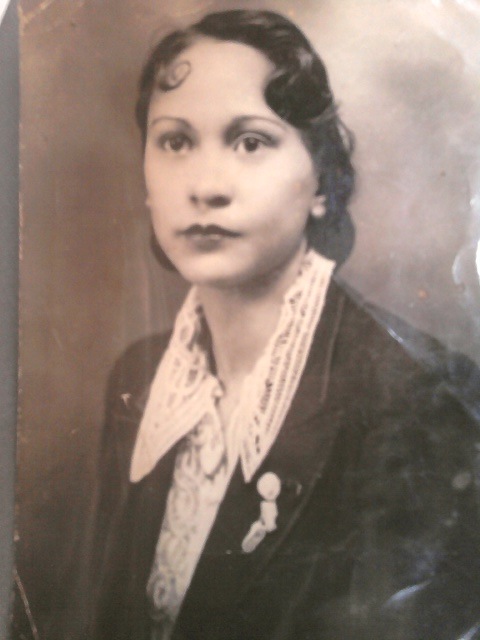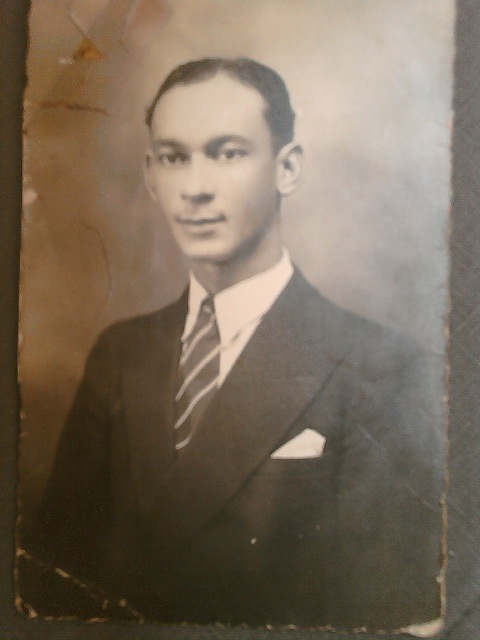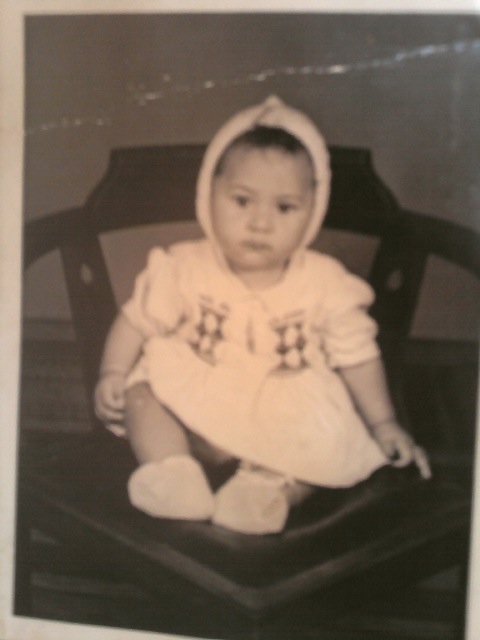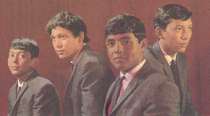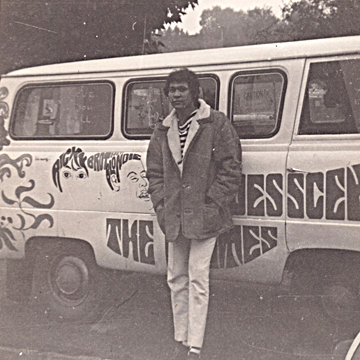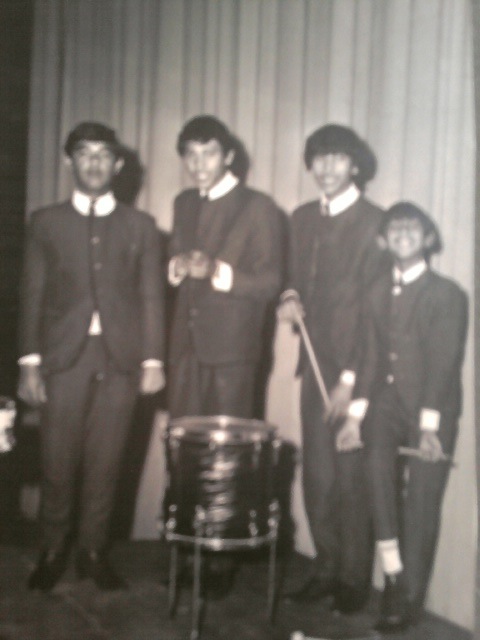Enter the Dutch. In 1652 Dutch travellers land in the Cape and start to establish a colony. The Khoisan are already here, and have been since migrating from Northern Botswana some 2000 years before. The arrival of these overseas travellers marks the decline and eventual destruction of Khoisan social organisation - advancing colonial expansion, land seizure, fencing in of Khoisan farm and grazing land its life-threatening consequences, and as if in accord with this megalomania, a strain of European smallpox arrives which is fatal to many of the once-thriving pastoral Khoisan agriculturalists.
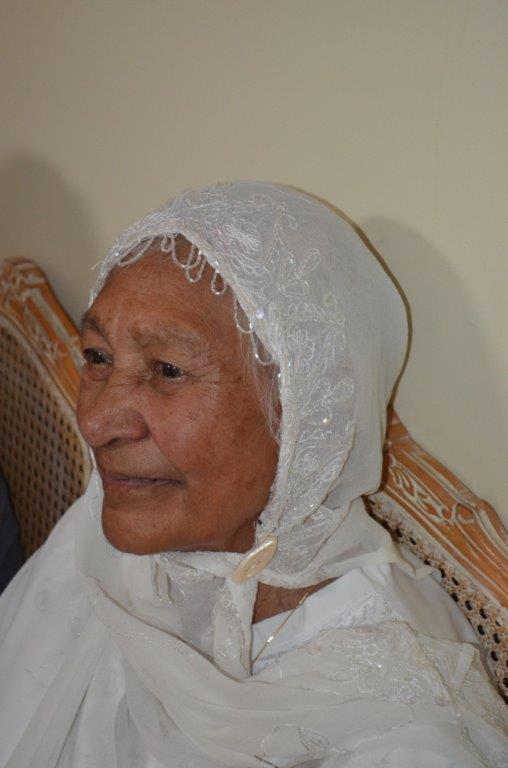 Gabeba Fataar, whose Javanese forbearers were brought to Southern Africa as Prisoners of war. | Enter the French. And the English. In 1795 Napoleon and his French troops seize control of the Netherlands and its colonies. The Cape is invaluable to Europe as the primary sea-route to the East and a world of trade. The British Empire is at war with France and must intervene before French opposition seals its strength in the Cape. On Christmas Eve of 1805, British war ships make a first strike on French fleets. In a matter of weeks in what is now known as the Battle of Blaauwberg, the British secure rule over the Cape and the Southern tip of the African continent. Having found the local population impermeable to working as free labour, the Dutch have spent the past 150 or so years importing slaves from the spice routes, to build and serve this new Southern African empire. Fearing the political awkwardness of slave trade (although not slavery itself), the British have begun to abolish slave trade in England. They do so now in their freshly seized South African colony, besides, there are enough slaves here already. The British soon convert slavery to “indentured labour”, giving the political jerk-off a feeling of well-to-do-ness. Among the spice route slaves already here, are labourers and artisans: cane-cutters, builders, seamstresses, upholsterers, house-servants. The Dutch had also imported royalty - prisoners of war, a means of disrupting their kingdoms. Among these, is the prince of Makassar, great ancestor of Gabeba Noor, who in 2013 is 90 years old, and mother to Steve Fataar, founder of the Flames. |
In 1943, Abduragman* is born to Gabeba and Moosa Fataar. He is the eldest of 6 children who grow up in the subtropical coastal town of Durban, South East Africa, which is named after former British governor of the colony of Natal, Benjamin D’Urban. The Fataars live in the neighbourhood of Greyville and later in Sydenham. In 1948, the government comprises descendants of Dutch colonizers who now call Africa their homeland, understandably, and themselves “Afrikaners”, however any settlers who were not colonizers are not afforded such title. This National Party legislate a system of “Apartheid”. In 1950 The Population Registration Act, which will divide the country’s population using the pseudo-scientific method of segregation through differences in physical appearance otherwise known as “race”, is implemented. They design 3 simple groups: Anyone who looks like a European descendant is “white”, anyone who looks “indigenous” is “black” and anyone else, largely descendants of the spice-route slaves is “Coloured”. To allow for versatility, Coloured is subdivided into Cape Coloured (not white, not black, yet Christian), Cape Malay (not white or black and Muslim), Indian (former British colony of “India”), Griqua (of the Griqua tribe), Chinese (from China), other Asian (broader Asia, ie: Japanese, Turkish, Arab), Zanzibari-Arab (Muslims from East Africa) and Other Coloured (anybody who doesn’t fit the previous criteria).
|
|
Realizing how dire the situation is, some neighbours migrate, leaving some possessions behind for the Fataar kids – a guitar and drumkit. In 1958 Steve Fataar finishes school. An early start and above average academics led to Steve being pushed up a grade. At completion he is just 15. Now that he is a “Coloured” his career choice is limited. He chooses to become a schoolteacher. One afternoon, sitting on a grassy Mayflower Road pavement a few blocks up from his home, a neighbour shows him a few chords, a song. He finds music as easy as academia and teaches himself to play the drums. Brother Fataar learns the bass while Ricky takes over the drums, and Steve returns to guitar. Having spent many school days dreaming up the phrase The Flames, drawing fire bursting out of the letters, he now finds he has a group in need of an identity. The 3 brothers invite a friend, guitarist and singer Idries Fredericks to join them. The dream is realized: The four are, The Flames.
|
*Abduragman, pictured here as an infant, was later named Steve Fataar by a school principal. |
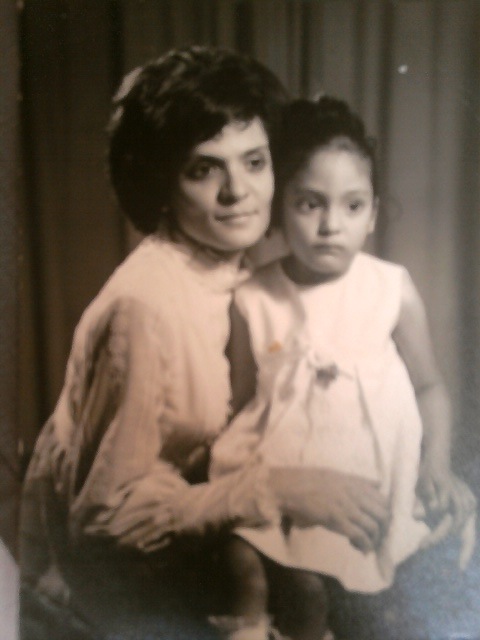 Steve's young wife Mary and their daughter, his first child, Zanine. | Here Steve’s life suddenly and swiftly catapults into a new direction. Still fresh out of school, he meets and falls in love with a beautiful young woman – Mary and soon they marry. Steve is on his way to becoming a teacher. The Flames are entering and winning every band contest and as a student teacher, his students beg him to play guitar for them. Soon the guitar completely replaces the blackboard. The Flames trajectory is rapid. Ricky is 9 and leaves school, continuing with a private tutor. After recording on 2 of their first albums (Umm Umm Oh Yeah and That’s Enough) which they record in Durban, Idries Fredericks leaves the band to start a family. He is replaced by Baby Duval for a brief time, who is then followed by the final fourth member..
ABOVE LEFT: Steve and the Flames first tour van, ABOVE RIGHT: The early Flames from left: Idries Fredericks, Steve Fataar, Brother Fataar and Ricky Fataar. |
, capetown, western cape |
